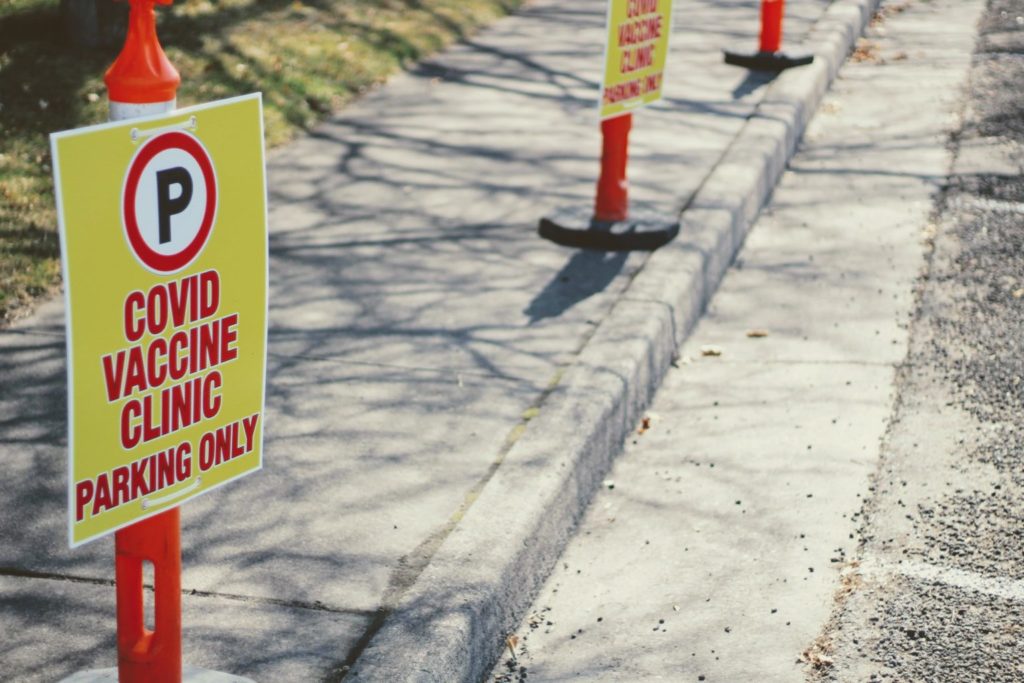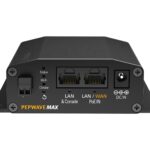As part of the UK’s COVID-19 vaccination program, the National Health Service established over 1600 vaccination centres. The NHS needed to provide these sites with reliable network connectivity.
Challenge
Since the NHS set up vaccination centres across the country, they needed a reliable network connectivity solution for each site. They also required a mobile and scalable solution because of the growing numbers of vaccination centres. For assistance, the NHS reached out to O2 UK, a British telecommunications services provider.

Images: https://drive.google.com/file/d/1eOhXSOdKzfZIa1CqlFt3dnyLvqrDp3mz/view?usp=sharing
Solution
After reaching out to O2 UK, Cellhire chose Peplink’s portfolio to support this project. Slingshot6 and Frontier BV, Peplink’s UK channel partners, deployed MAX BR1 Minis to each site. To meet the urgency of this project, both partners worked through logistical challenges caused by holiday periods. A consignment stock of routers was provided to Cellhire to keep pace with the rapid rollout.
Peplink’s MAX BR1 Minis were paired with Cellhire’s multi-network secure mobile data. Together, Peplink’s Hot Failover feature ensured that each vaccination site was powered by a highly resilient mobile connection. On top of the router themselves, InControl was crucial for this solution. With zero-touch configuration and remote management, the NHS centrally managed the configuration across all vaccination sites.

Image : https://drive.google.com/file/d/1aLUDK4h5gVHybm0VpRJDTplo-_KAhYou/view?usp=sharing
Result
Thanks to all involved parties, each vaccination site was provided with reliable connectivity, and in a short time. The entire project took only a few weeks to complete, especially due to logistics. The added convenience of remote configuration saved the NHS financial and labour resources. No user interaction was required for each device, while ready to be deployed within minutes.


